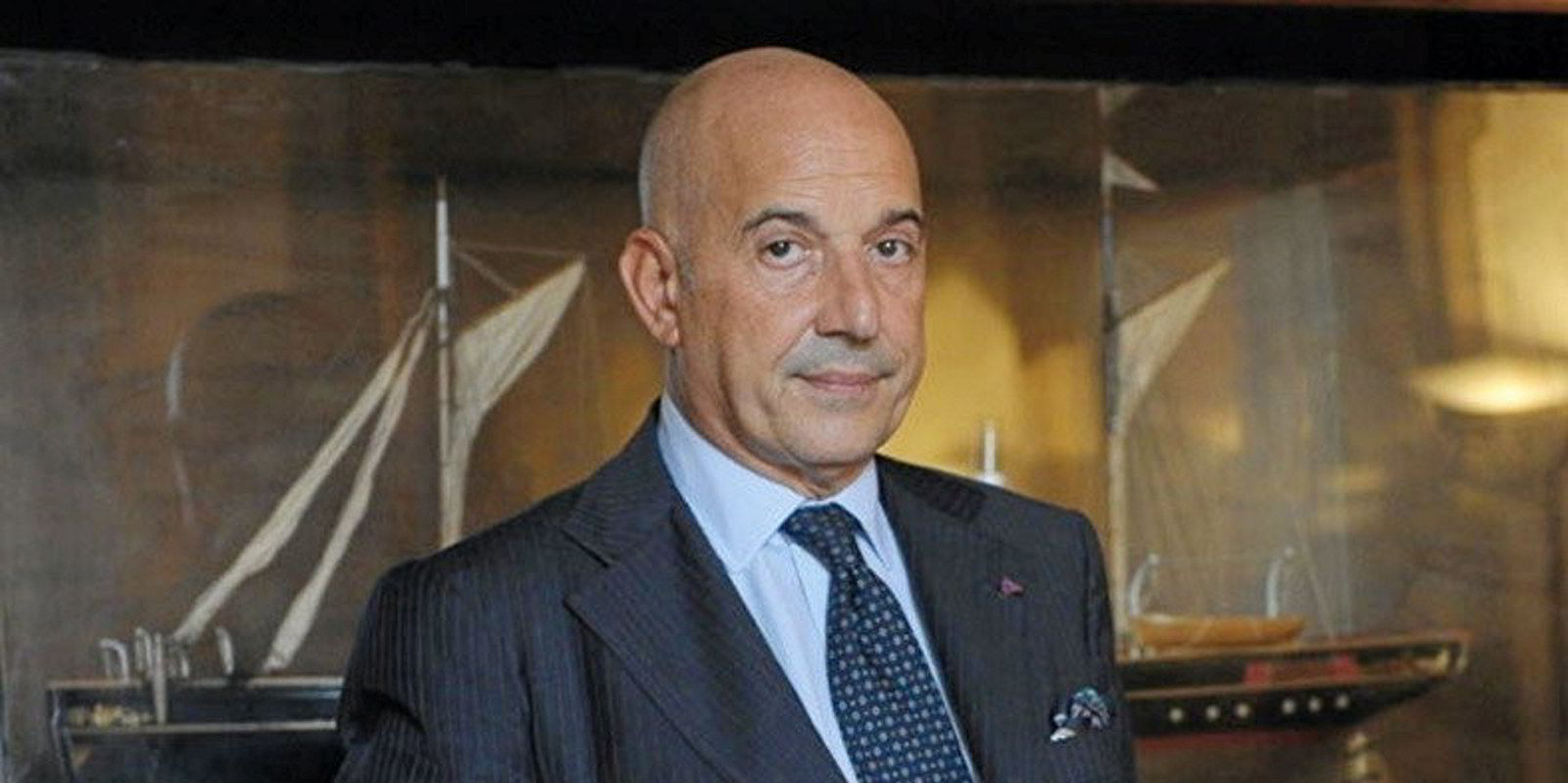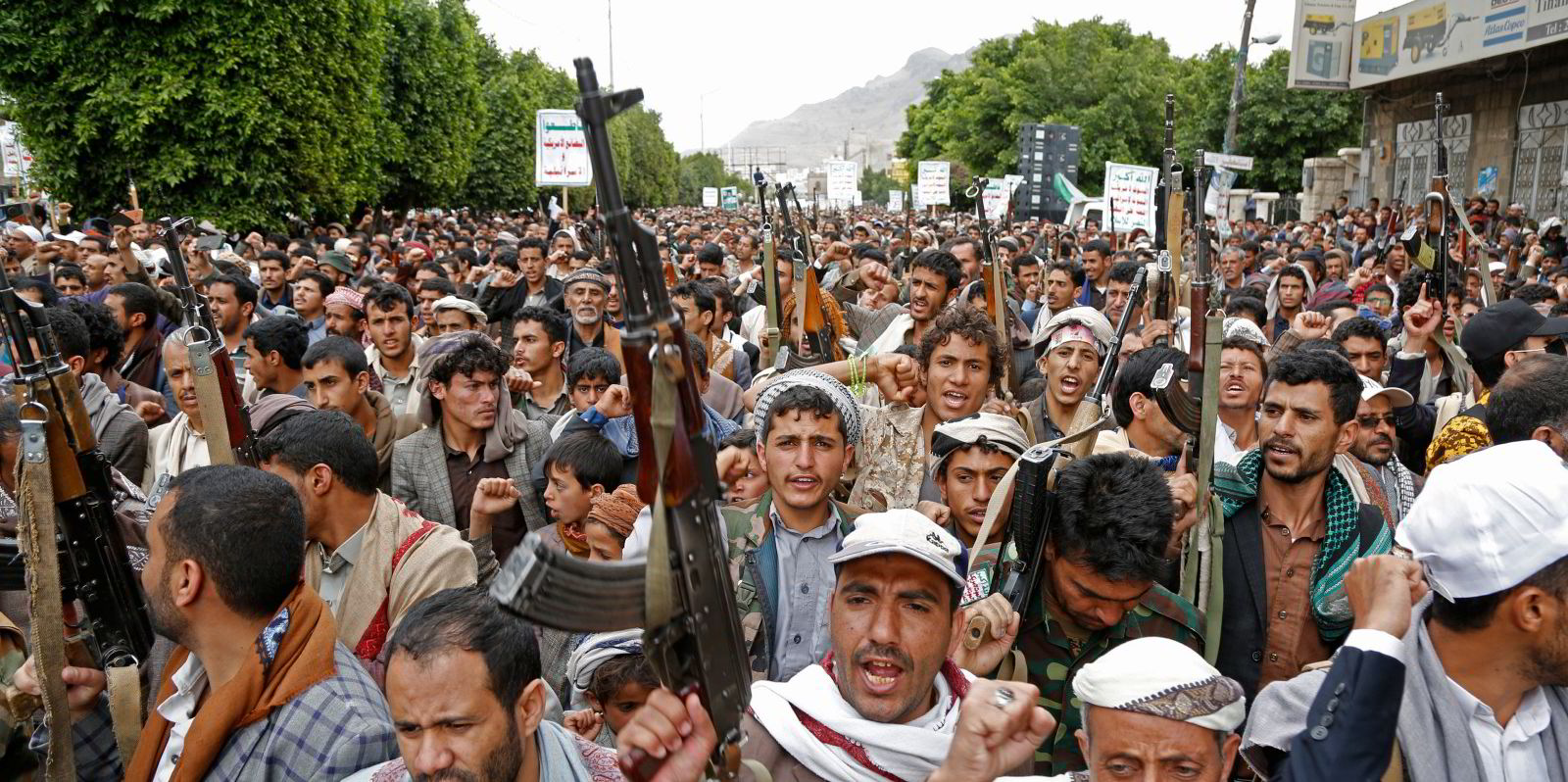While Houthi forces continue to attack ships in the Bab-al-Mandeb strait, the highest-risk vessels could still be those with connections to Israel.
Speaking to TradeWinds on Friday, Bimco head of maritime safety and security Jakob Larsen said ships that fit the Houthis criteria for attack — ones with ownership ties to Israelis or those heading to Israeli ports — were still the most likely targets for the Iran-backed regime.
“Is the risk very much higher for all ships? I don’t think so,” said Larsen. “There’s of course the residual risk of mistaken identity or wrong information. The Houthis can base their attacks on wrong information or incomplete information.”
Commercial shipping fell into Houthi crosshairs in mid-November, with the hijacking of the 5,100-ceu Galaxy Leader (built 2002).
That was followed by drone attacks on a CMA GCM vessel on 24 November, the brief boarding of a tanker two days later and missile attacks on three ships on 3 December.
On Tuesday, J Ludwig Mowinckels Rederi’s 20,000-dwt Norwegian-flagged Strinda (built 2006) was hit with an anti-ship missile and the 49,500-dwt Ardmore Encounter (built 2014) was briefly boarded and was fired upon.
Then, the 10,100-teu Maersk Gibraltar (built 2016) was the target of a failed missile strike on Wednesday and a Navigbulgar vessel was boarded in the Gulf of Aden on Thursday.
Friday there were two more attacks: With Hapag-Lloyd confirming the 15,000-teu Al Jasrah (built 2016) was struck by a missile or bomb and reports the 12,200-teu MSC Alanya (built 2021) reportedly having to take evasive manoeuvres.
Several of the ships have ties, some tenuous, to Israel.
The Galaxy Leader is operated by NYK Group but owned by Ray Car Carriers, an Isle of Man-registered company with an Israeli principal, while the Strinda had the option to call on an Israeli port.
Ardmore Shipping, the Ardmore Encounter’s owner, has a prominent investor in Israeli billionaire Idan Ofer.
Rumours are circulating that vessels were being diverted from the strait, a narrow chokepoint separating the Gulf of Aden from the Red Sea and Suez Canal.
Larsen agreed some ships likely were opting for the Cape of Good Hope, but said numbers were difficult to pin down.
“It’s still early days. We don’t have the data in yet,” said Jakob Larsen, Bimco’s head of maritime safety and security.
He said he suspected owners with Israeli connections had started sending their ships south following the Galaxy Leader attack.
“Already back then, in November, the Israeli shipowners have thought, ‘It’s getting too dodgy down there in the Red Sea and we should move away from that’. That’s my best guess,” he said.
Xeneta chief analyst Peter Sand seconded the diversions and said sailing around the Cape of Good Hope would add 10 days’ sailing time for a vessel heading from Asia to the East Mediterranean or northern Europe.
He said there are 17 container ships transiting the Suez Canal at the moment and if those were to be rerouted it would require an additional 1m teu.
The shift would “dramatically” raise freight costs, Sand said.
“Depending on the scale and duration of any disruption at the Suez Canal, we could see ocean freight shipping rates increase by anything up to 100%,” he said.






